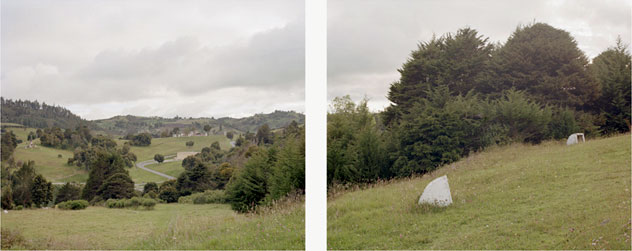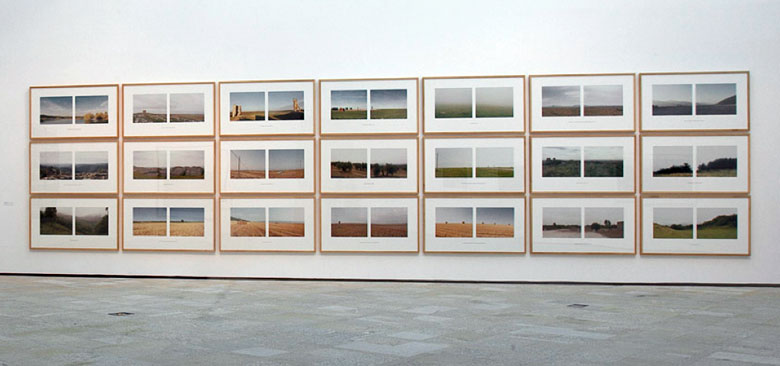For all of us art-lovers, those moments when you just happen to meet an artist are always a pleasure. When that artist speaks your language, the experience is an even more agreeable one, and the happiness derived from it can easily turn into joy.
For all of us art-lovers, those moments when you just happen to meet an artist are always a pleasure. When that artist speaks your language, the experience is an even more agreeable one, and the happiness derived from it can easily turn into joy.
And then, what about if one artist has another with whom they share an intimate connection, as though the two of them were cut from the same cloth? Well, in that case we can forget about joy and talk about pure delight.
Rosa and Bleda are two. They are María and José. They are artists who live in London, parents of a son, colleagues, best friends.
Rosa and Bleda are one. They are a perfect partnership, in life, in raising their son, when teaching, when you go out for dinner with them. But it is in their art that their unity is most evident. We could easily talk about them in the singular, and I think that would be doing justice to their work in its entirety.
They have been the recipients of prestigious prizes on numerous occasions, but perhaps one of the most prestigious they have won is the Premio Nacional de Fotografía (National Photography Prize), which they were deservedly awarded in 2008 by the Spanish Ministry of Culture, in recognition of their many years of service to culture and art.

© Rosa y Blenda
Well, I got to meet them. In fact, I met María Bleda. A woman of my age, with a ready smile and a vast reserve of knowledge about photography and cookery. And then José arrived, José who reminds me of a singer-songwriter, with his guitar and his jazz. Two kind-hearted, charming people, yet very different. And we became friends. And I began to look into their world, and it was then that I understood what they saw, and what their photographs showed: what remains.
In most of their work, there is nothing that, at first glance, catches the eye, except for the beauty of the photograph and its technical perfection. But then, when you enter into the image, you have to recognise what isn’t there, what was there; you have to feel it through its absence. And you do feel it. And it is only through doing this that you uncover the majesty of these snapshots, which reveal the features of a place or space that are eternal. And then you realise the magic: that this a body of work so perfectly executed by two people that they must share one brain, one vision.
Web: www.bledayrosa.com
[su_note note_color=”#eaeae9″]Translated by Sarah Burne James[/su_note]

